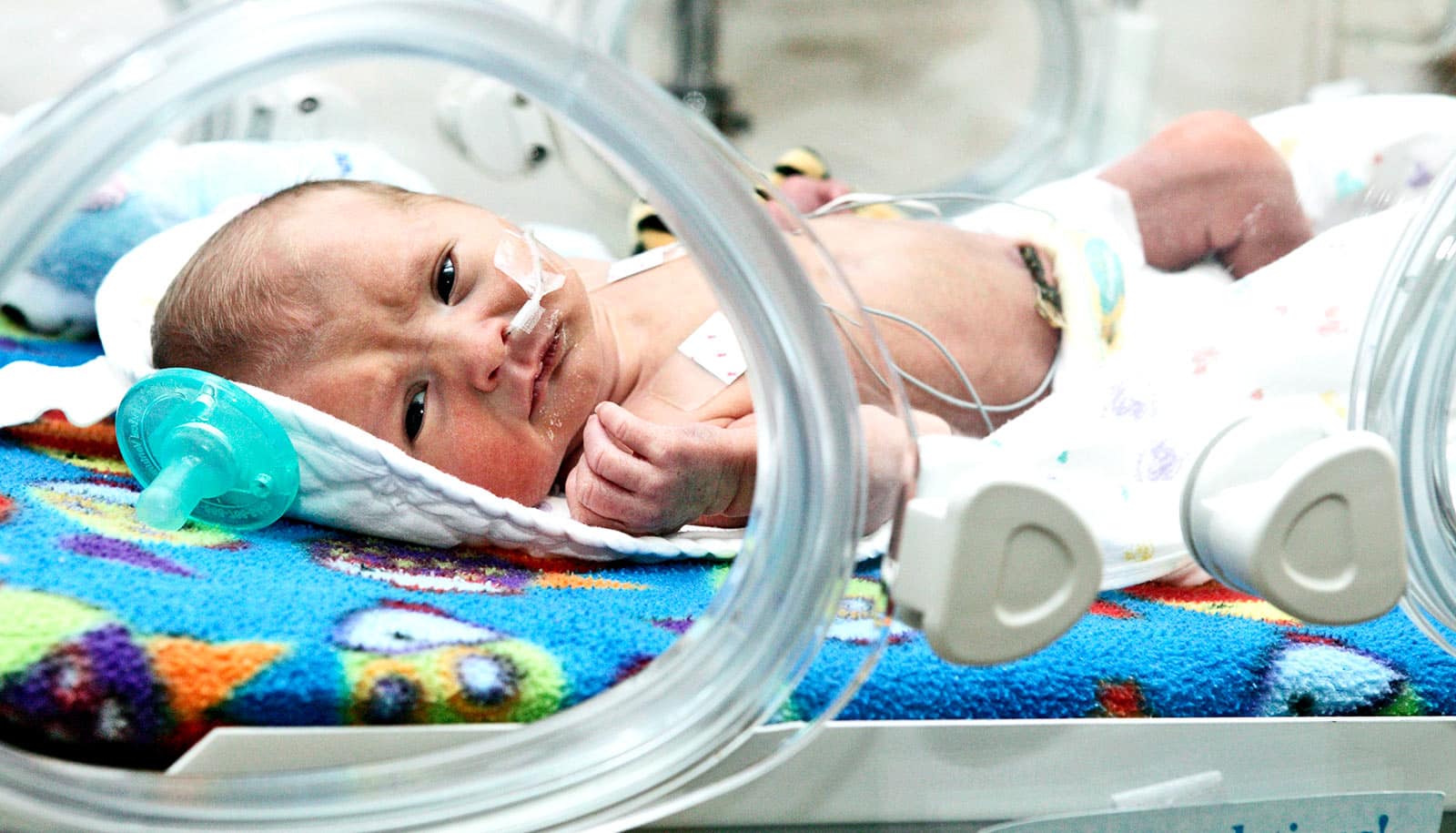Comparing rates of preeclampsia among US-born Black women versus those who immigrated to the country indicate race alone doesn’t account for the condition’s prevalence.
A novel analysis of medical records for a racially diverse group of more than 6,000 women has added to evidence that some combination of biological, social, and cultural factors is likely responsible for higher rates of preeclampsia among Black women born in the United States compared with Black women who immigrated to the country.
The data on preeclampsia, a serious form of high blood pressure that can lead to deadly outcomes for mother and fetus, were gathered over a 28-year period as part of the Boston Birth Cohort study originally designed to investigate the genetic and environmental factors associated with premature births.
The study appears in the Journal of the American Medical Association. The new analysis, led by researchers at Johns Hopkins Medicine, specifically examines differences in hypertension and other cardiovascular disease risk factors and prevalence of preeclampsia among Hispanic, Black, and white women. Results show that all three groups of women who gave birth and were born in the US had a higher cardiovascular disease risk profile than foreign-born counterparts after accounting for differences in weight, smoking, alcohol use, stress, and diabetes.
For Black women, birth status outside the US and shorter duration of residence (those who lived in America for less than 10 years) were associated with 26% lower odds of preeclampsia. Birthplace status and duration of US residence was not significantly associated with the odds of preeclampsia among Hispanic and white mothers who were born outside the US.
Overall, the researchers say, the findings suggest that place of birth, or “nativity,” related disparities in preeclampsia among Black women are “not fully explained” by nativity differences in sociodemographic or cardiovascular disease factors.
“Immigrants come here to seek a better life, but what we are seeing is unhealthy acculturation and assimilation,” according to lead researcher Garima Sharma, director of cardio-obstetrics at the Johns Hopkins University School of Medicine.
“Some women come here healthier and they get unhealthier over time probably by adopting habits of the dominant culture that increase poor health outcomes. While we didn’t specifically look at the impact of structural racism on health in this study, it may also play a role here. Black women who were born outside the US but immigrated to the country recently may be somewhat protected from the effects of discrimination because they tend to settle in immigrant-concentrated residential areas with increased social support,” Sharma adds.
Sharma emphasizes that further research is needed to explore the interplay of biological and psychosocial and social determinants of health contributing to pregnancy-related disparities in preeclampsia. For years, it’s been said that being a Black woman is a risk factor for preeclampsia, says Sharma, but “we need to move beyond putting all the implications on a particular race without accounting for why that is, because in this study, it’s clear that Black women born outside the US are less likely to have preeclampsia until they have been here for some time.”
Systemic racism and discrimination
In the study, medical records and other information on a total of 6,069 women were analyzed. The average age of participants was 27.5 years, and subjects self-identified as Hispanic (2,400, with 76.8% born outside the US), Black (2,699, with 40.5% born outside the US), or white (997, with 22.2% born outside the US). All women had single-child deliveries at the Boston Medical Center from October 1998 to February 2016. The overall prevalence of preeclampsia among all women was 9.5%. Black women had the highest age-adjusted prevalence of preeclampsia (12.4%) compared with Hispanic (8.2%) and white women (7.1%).
US-born Black women, specifically, were also younger, had fewer years of formal education and were more often single compared with Black women who immigrated to the country. Sharma says that although not explored in this study, the stress of systemic racism, living in racially segregated neighborhoods, and experiences of discrimination are likely contributors to the poor health of Black women and may therefore contribute to disparities in cardiovascular risk factors and preeclampsia. She adds that lack of access to health care services and poor quality of care are also factors, particularly among women at lower socioeconomic levels.
Preeclampsia is one of the leading causes of maternal deaths worldwide, with Black women three to four times more likely to die from pregnancy-related causes than white women, according to the US Centers for Disease Control and Prevention. Preeclampsia affects approximately 1 in 25 pregnancies in the US, and those who experience it have an increased risk of developing chronic hypertension and cardiovascular disease later in life.
Additional findings
When categorized by how long they’ve lived in the US, Black immigrants who had lived in the US for less than 10 years had an 8.1% risk of preeclampsia compared with 8.8% risk for those who had lived in the US for more than 10 years.
White women born in the US had lower preeclampsia rates (7.1%) compared with their foreign-born counterparts; 9.9% for 10-plus years of residence versus 8.7% for less than 10 years of residency.
Among Black and white women, the prevalence of chronic and gestational diabetes did not differ significantly by duration of US residency. However, among immigrated Hispanic women, those born outside the US with at least 10 years of residency had a higher prevalence of chronic diabetes (4.7% vs 1.5%) and gestational diabetes (12.2% vs 4.6%) compared with those with less than 10 years of US residency.
Researchers involved in the study are from Johns Hopkins University School of Medicine, Johns Hopkins Bloomberg School of Public Health, MedStar Union Memorial Hospital, DeBakey Heart & Vascular Center and Center for Outcomes Research, and Duke University School of Medicine.
Funding for the study came from National Institutes of Health and from the Health Resources and Services Administration of the US Department of Health & Human Services. There are no conflicts of interest to report in this study.
Source: Rose Weeks for Johns Hopkins University



